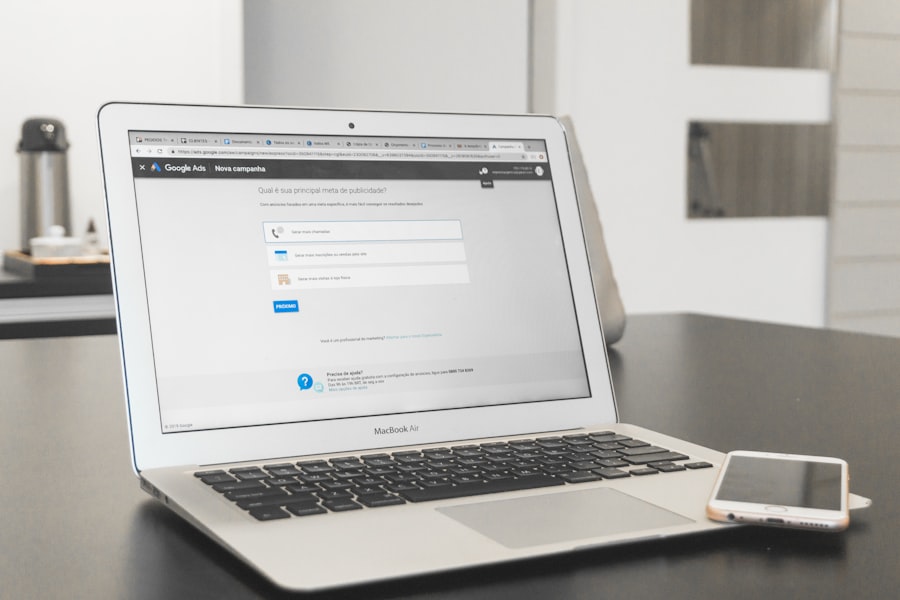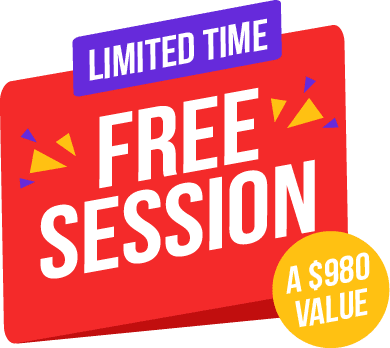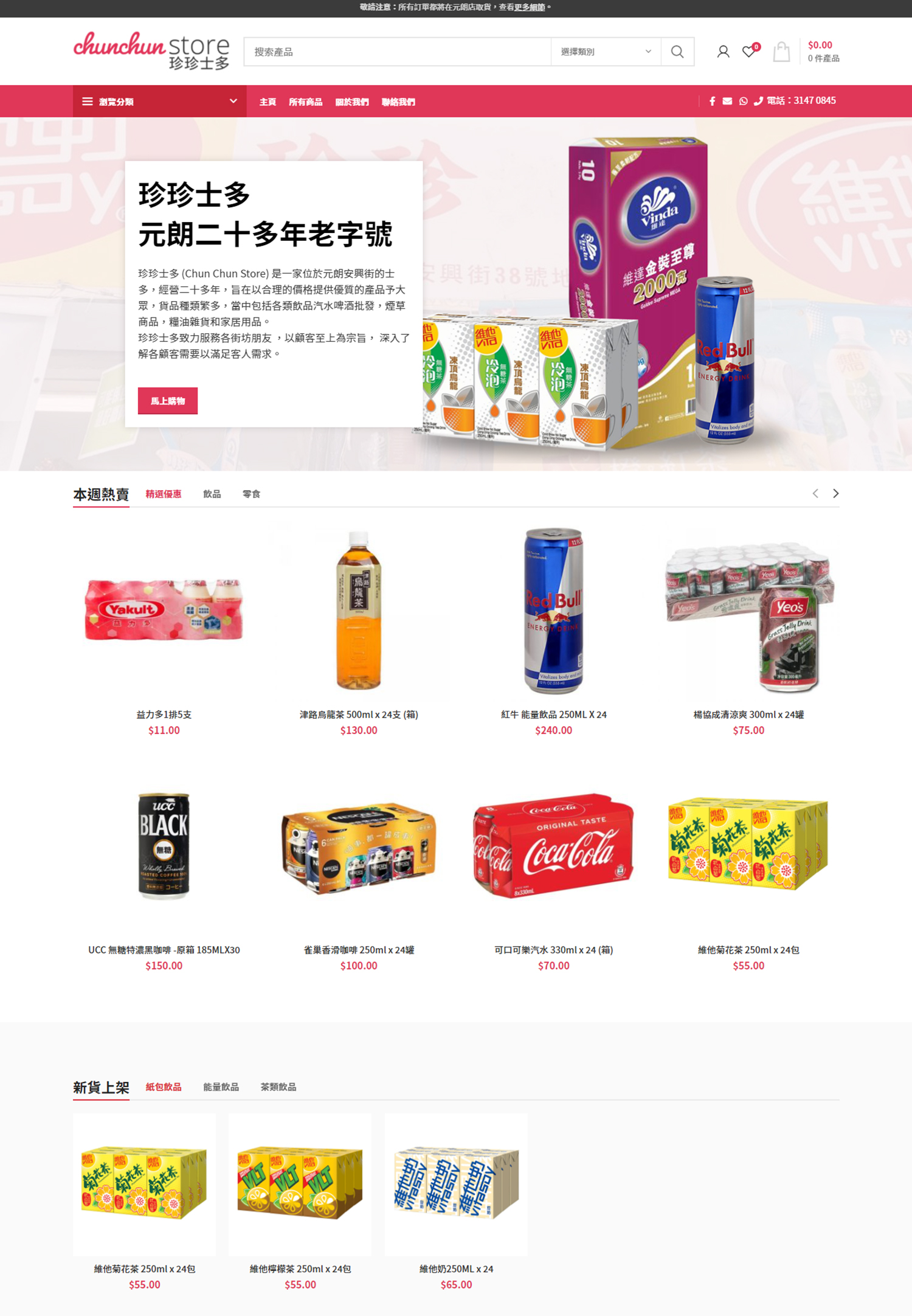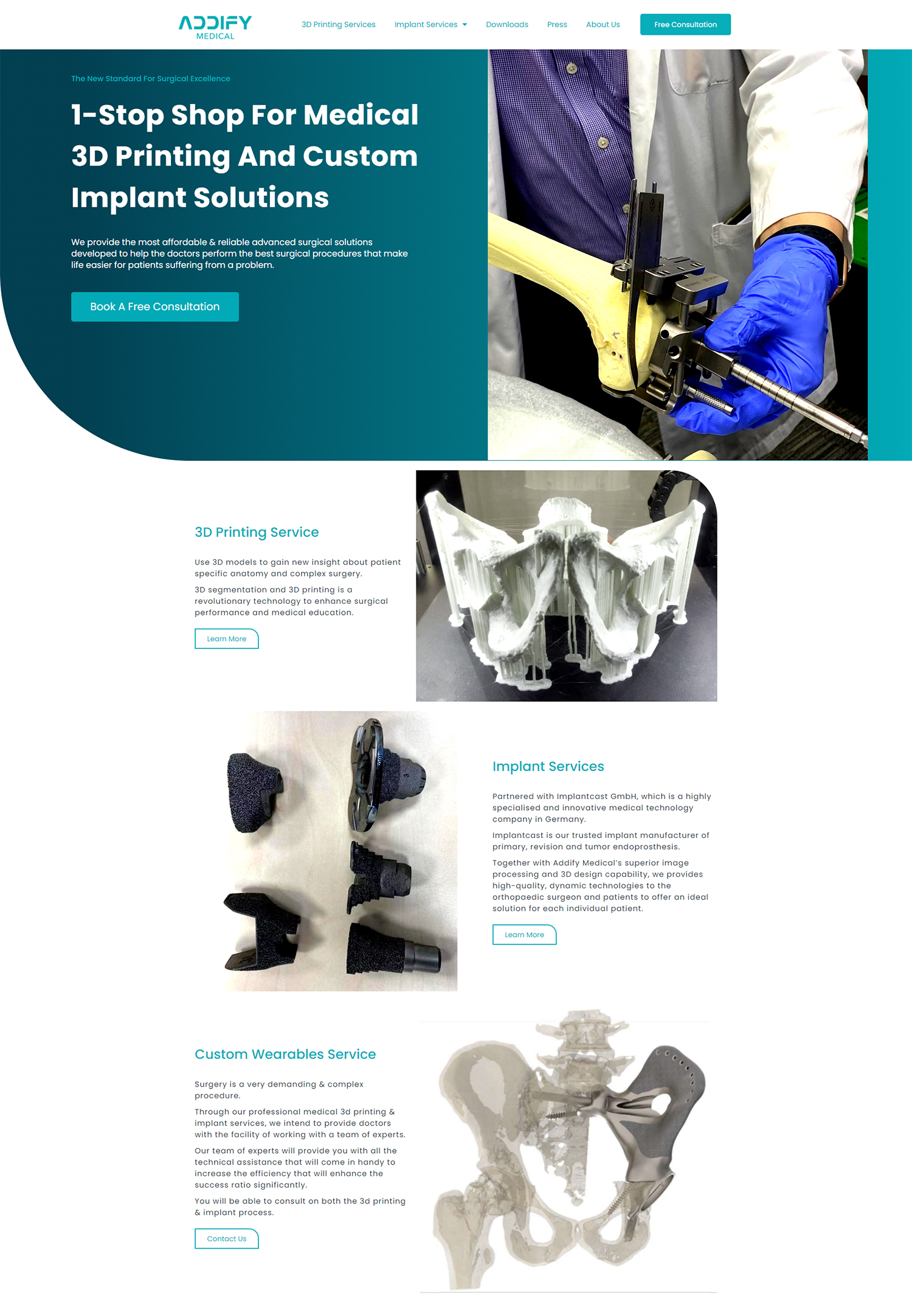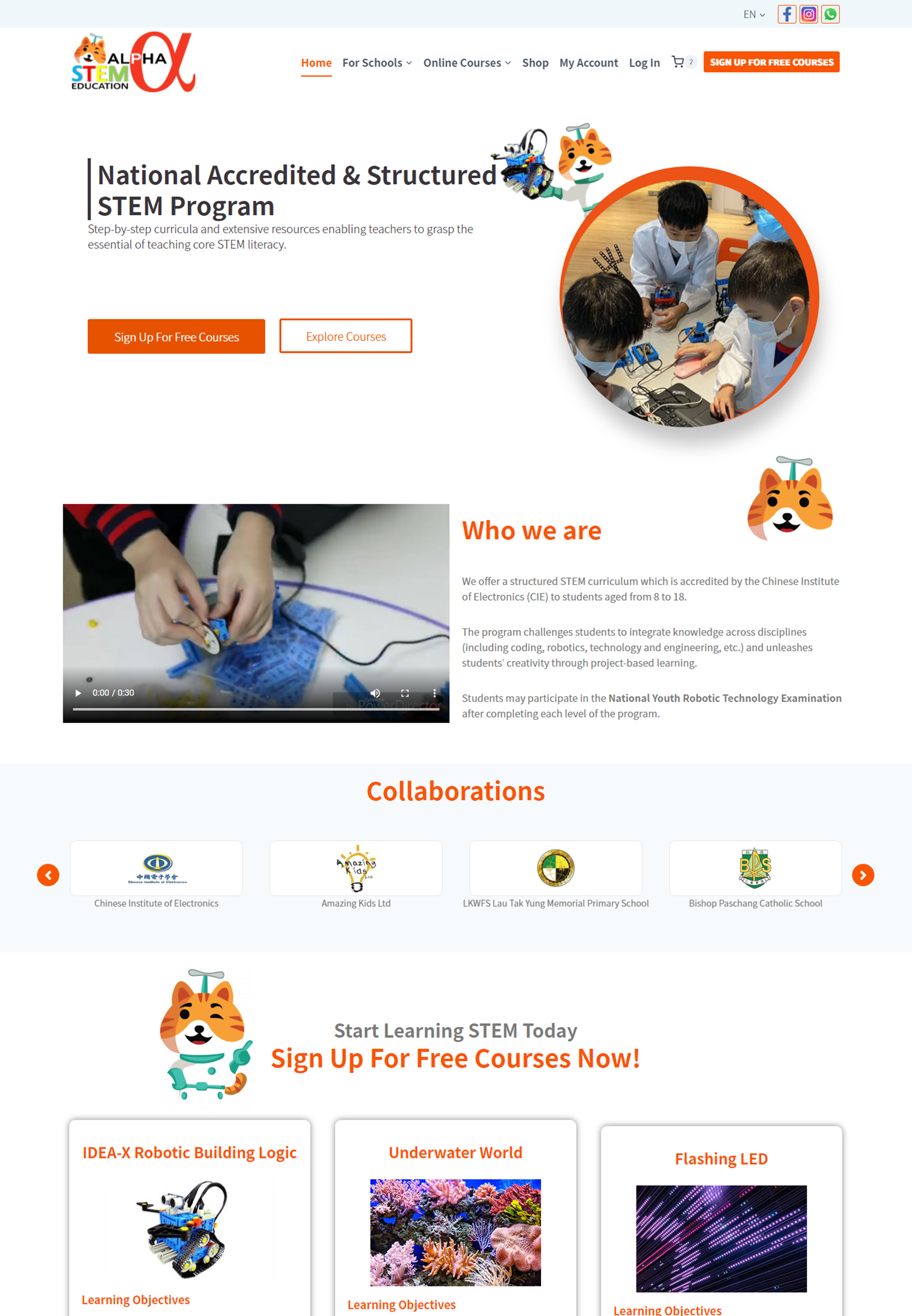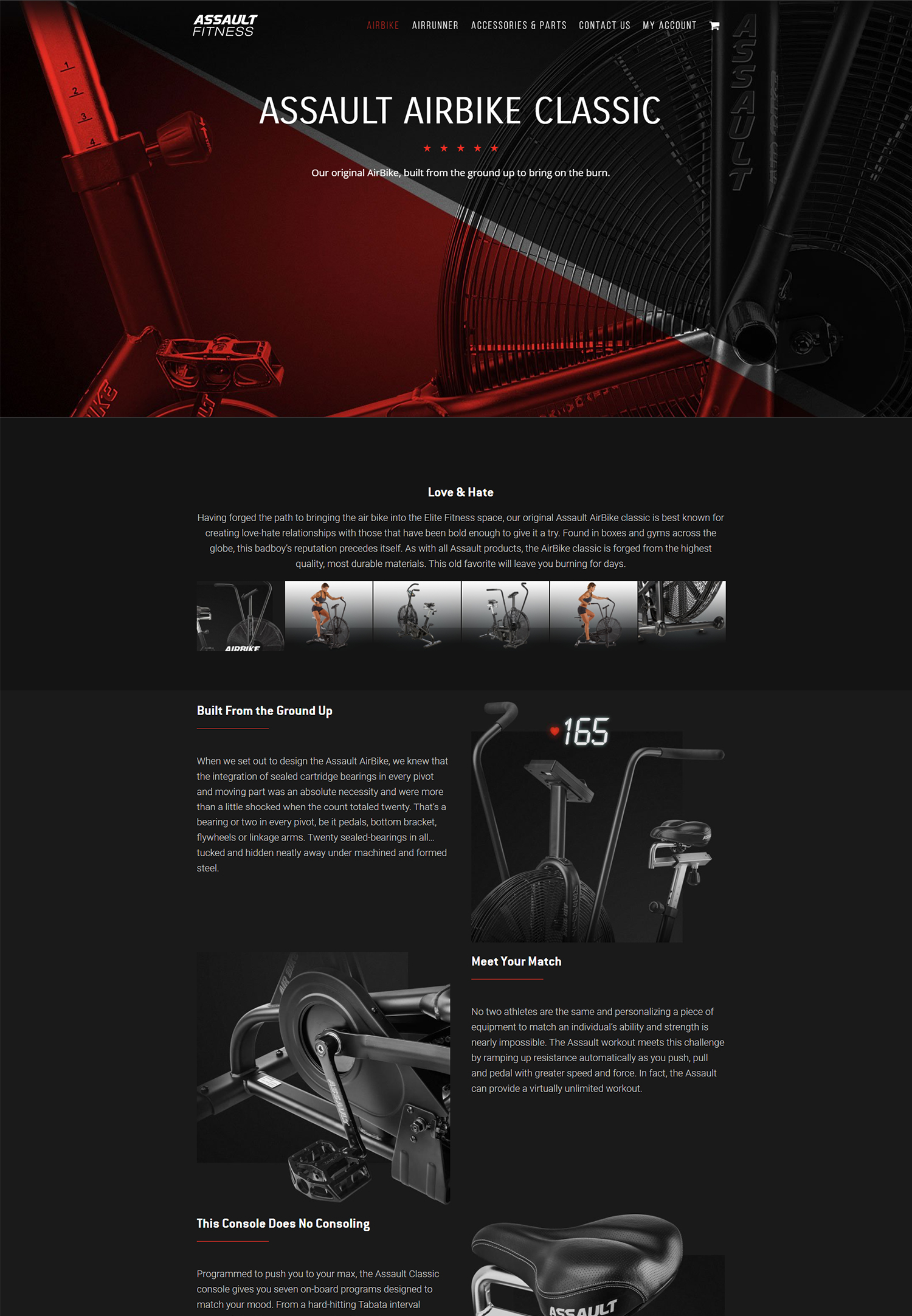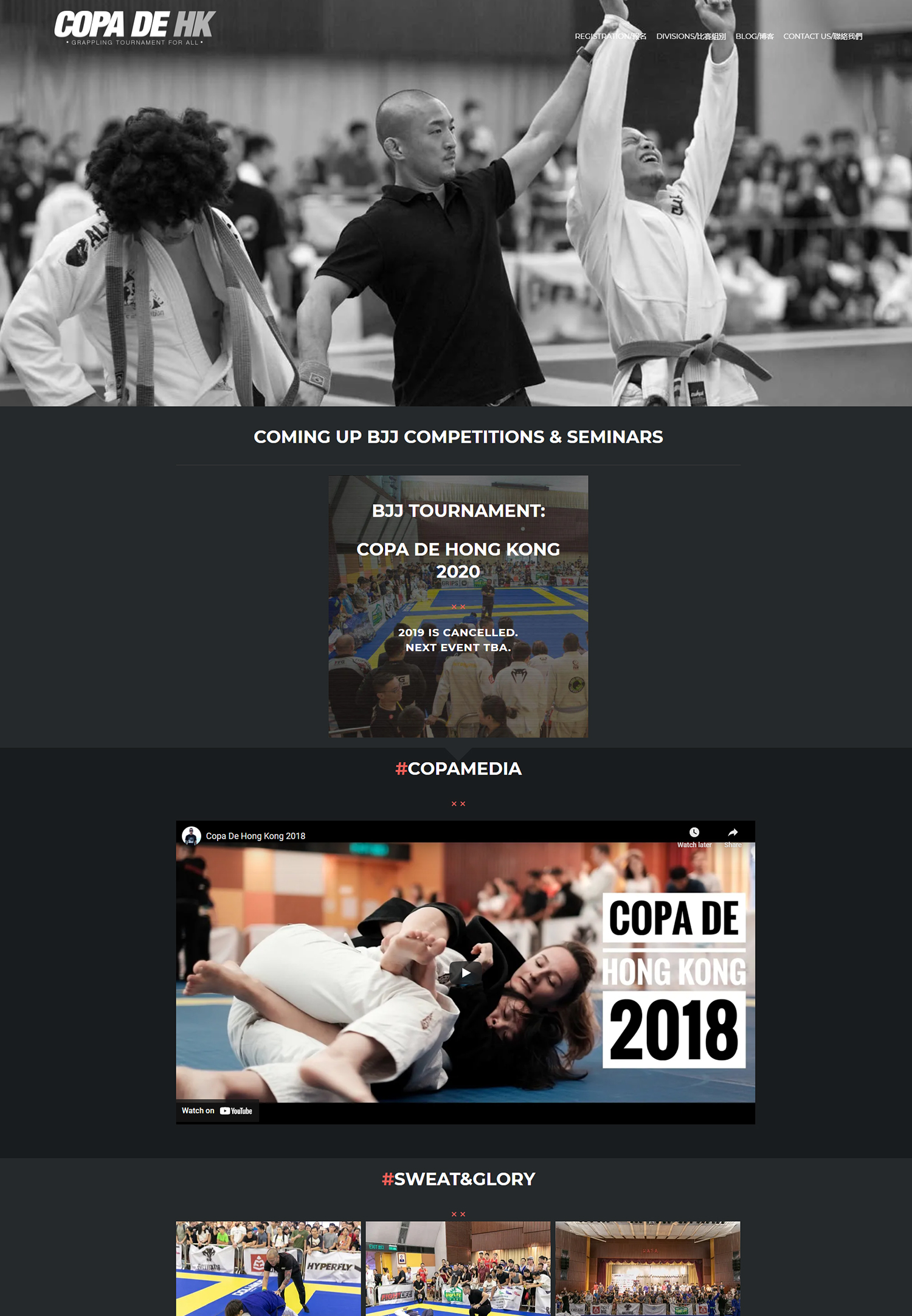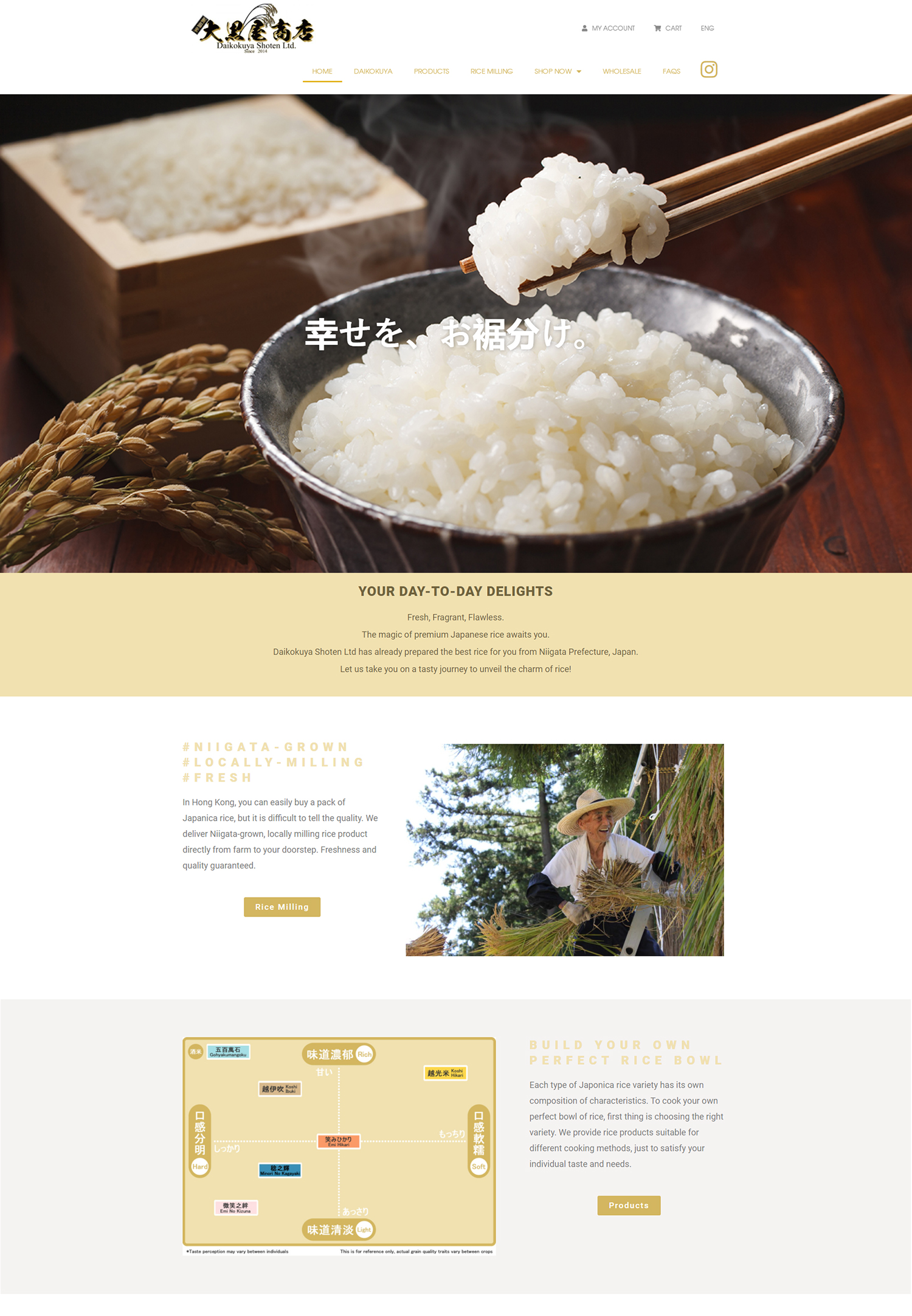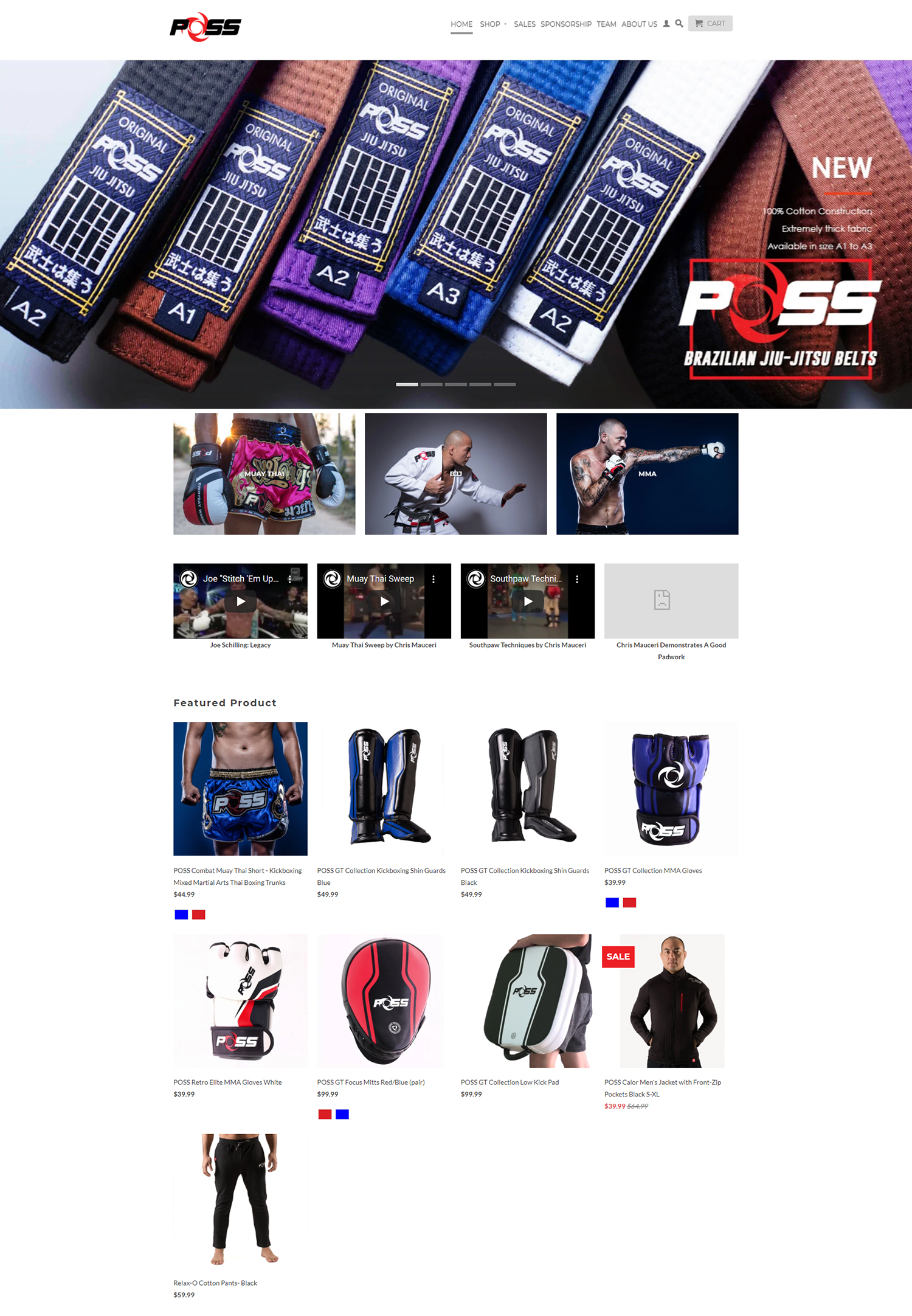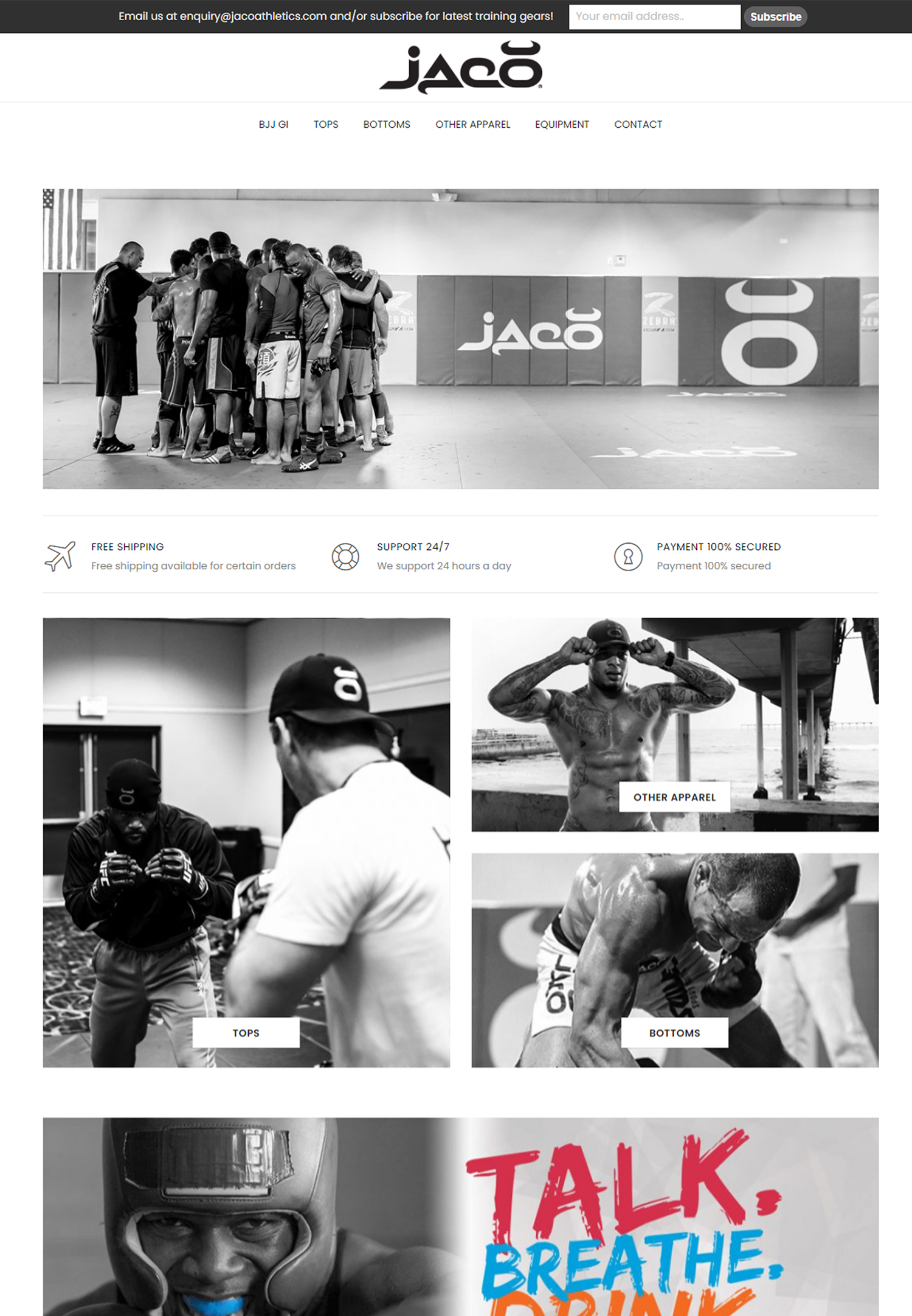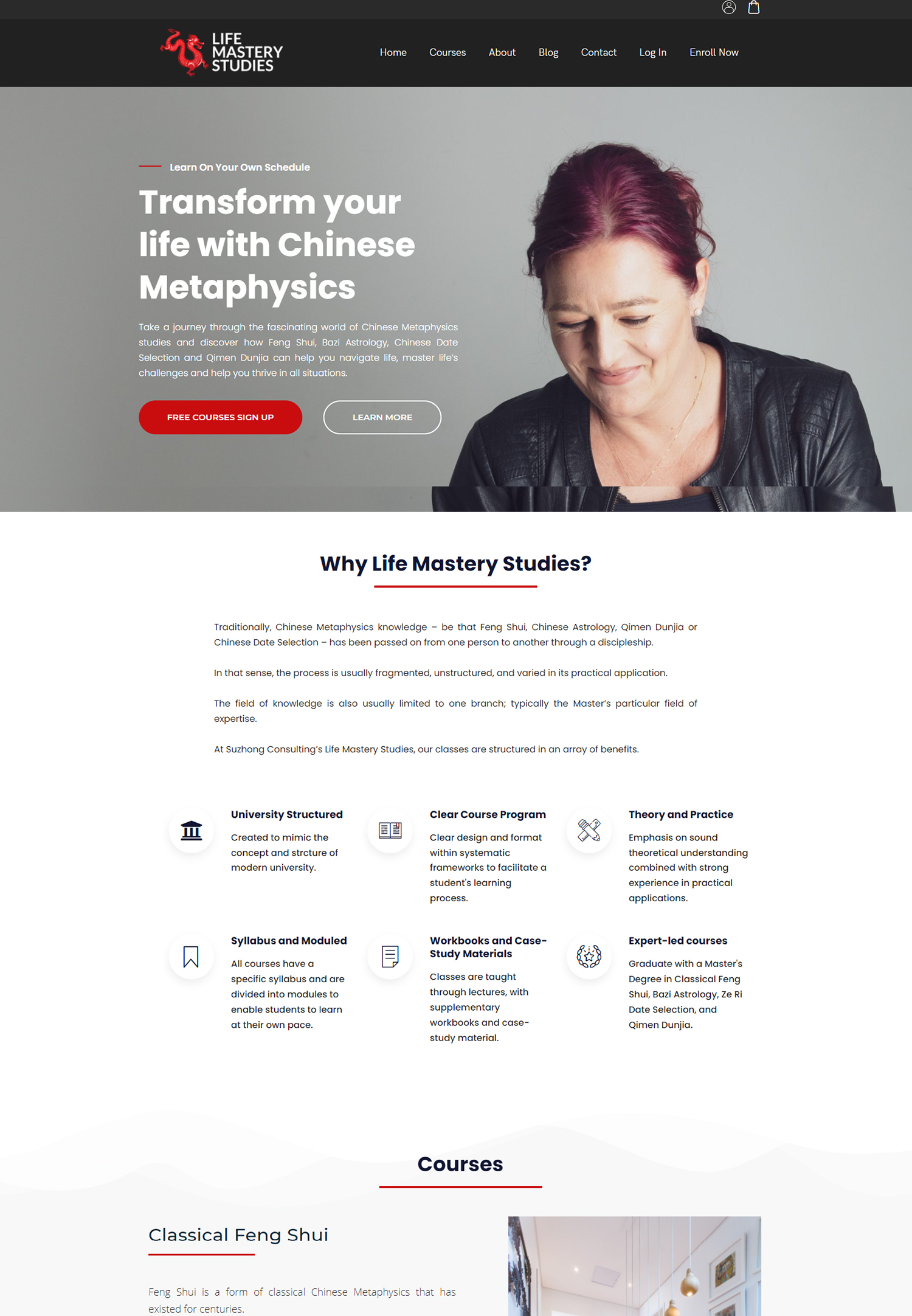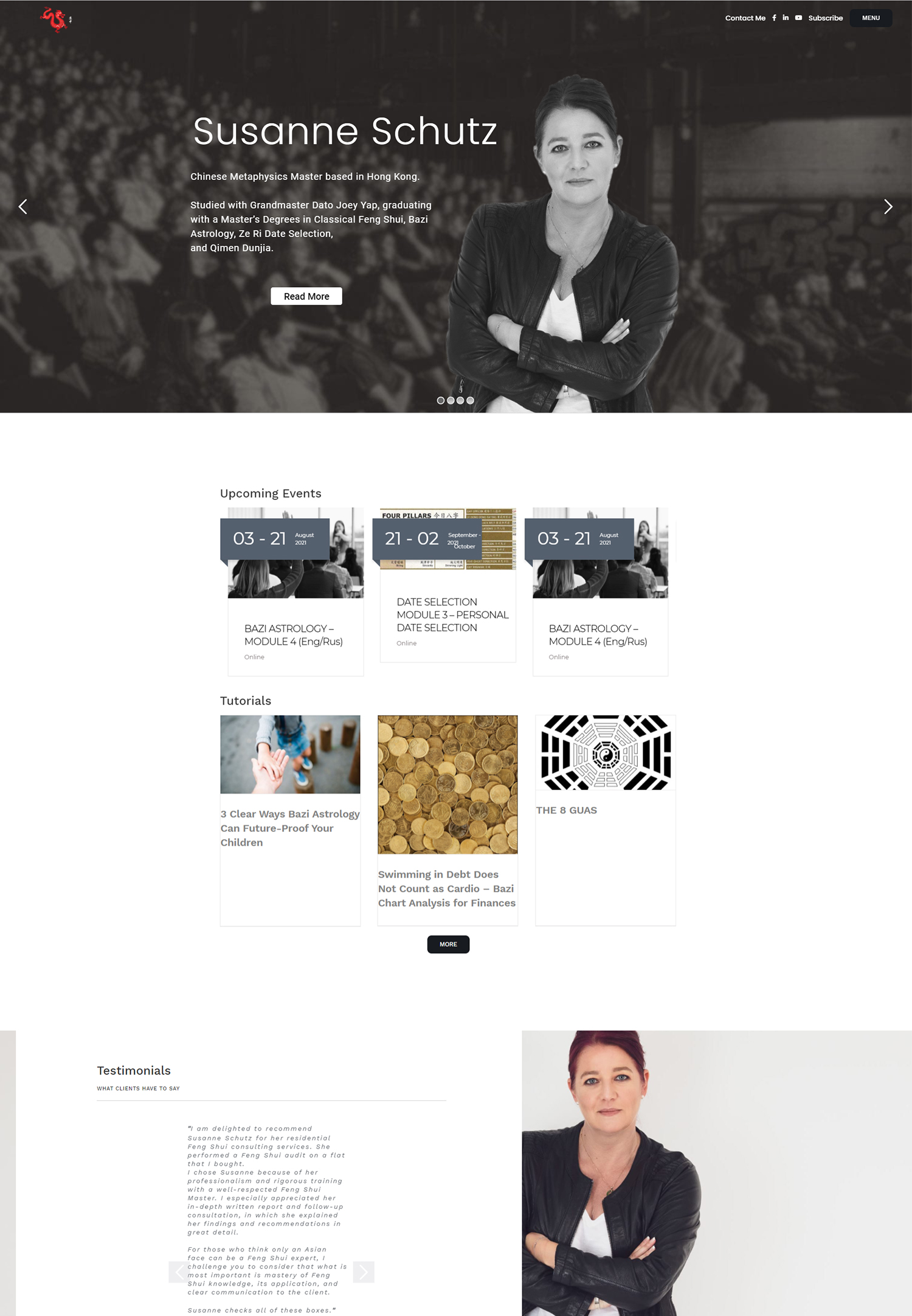In the ever-evolving landscape of digital marketing, lead nurturing has emerged as a pivotal strategy for businesses aiming to convert potential customers into loyal clients. At its core, lead nurturing involves building relationships with prospects through targeted communication and personalized content. By understanding the unique needs and preferences of our audience, we can guide them through the buyer’s journey, ultimately leading to increased conversions and customer satisfaction.
This process is not merely about pushing products; it’s about creating meaningful interactions that resonate with our audience. As we delve deeper into the concept of lead nurturing, we recognize that it encompasses various strategies and tactics designed to engage leads at different stages of their journey. From the initial point of contact to post-purchase follow-ups, each interaction plays a crucial role in shaping the customer experience.
By employing a thoughtful approach to lead nurturing, we can foster trust and loyalty, ensuring that our prospects feel valued and understood. This article will explore several key components of lead nurturing, including welcome email series, educational content, promotional offers, re-engagement strategies, abandoned cart reminders, and customer feedback initiatives.
Key Takeaways
- Lead nurturing is the process of building relationships with potential customers at every stage of the sales funnel.
- Welcome email series should be personalized, engaging, and provide valuable information about the brand and its products or services.
- Educational email series should focus on providing valuable content, such as how-to guides, tips, and industry insights, to help leads make informed decisions.
- Promotional email series should offer exclusive deals, discounts, and promotions to encourage leads to make a purchase.
- Re-engagement email series should be used to reconnect with inactive leads and offer incentives to re-engage with the brand.
Welcome Email Series
The welcome email series serves as the first impression we make on our new subscribers or leads. It is our opportunity to set the tone for future communications and establish a connection with our audience. Typically sent immediately after a user signs up or expresses interest in our offerings, these emails should be warm, inviting, and informative.
We can introduce our brand, share our mission, and outline what subscribers can expect from us in the future. This initial engagement is crucial; it lays the groundwork for a positive relationship moving forward. In crafting our welcome email series, we should consider including multiple touchpoints.
The first email might express gratitude for their interest and provide an overview of our products or services. Subsequent emails can delve deeper into specific offerings, highlight customer testimonials, or even offer exclusive discounts as a token of appreciation. By segmenting our audience based on their interests or behaviors, we can tailor these messages to resonate more effectively with each recipient.
Ultimately, a well-executed welcome email series not only enhances engagement but also significantly increases the likelihood of conversion.
Educational Email Series
Once we have established a connection through our welcome emails, we can transition into an educational email series designed to provide value to our audience. This series aims to inform and empower our leads by sharing relevant content that addresses their pain points and interests. By positioning ourselves as thought leaders in our industry, we can build credibility and trust with our audience.
Educational emails can take various forms, including how-to guides, industry insights, case studies, or even webinars. As we develop this series, it is essential to focus on the needs of our audience. We should conduct research to understand their challenges and questions, allowing us to create content that genuinely resonates with them.
For instance, if we are in the software industry, we might share tips on optimizing productivity or best practices for utilizing our tools effectively. By providing valuable information without overtly selling our products, we can nurture leads through the decision-making process and position ourselves as a go-to resource in their journey.
Promotional Email Series
While educational content is vital for nurturing leads, promotional emails also play a significant role in driving conversions. This series allows us to showcase our products or services directly and encourage potential customers to take action. However, it is crucial to strike a balance between promotion and value; we should avoid overwhelming our audience with constant sales pitches.
Instead, we can create a sense of urgency by highlighting limited-time offers or exclusive deals tailored to specific segments of our audience. In crafting our promotional email series, we should focus on compelling subject lines and engaging visuals that capture attention. Clear calls-to-action (CTAs) are essential; they guide recipients toward the desired action, whether it’s making a purchase or signing up for a webinar.
Additionally, incorporating social proof—such as customer reviews or success stories—can enhance credibility and encourage leads to take the next step. By strategically timing our promotional emails and aligning them with our audience’s needs, we can maximize their effectiveness and drive meaningful results.
Re-engagement Email Series
Despite our best efforts, some leads may become disengaged over time. This is where a re-engagement email series comes into play. Our goal with this series is to rekindle interest among those who have not interacted with us recently.
By reaching out with personalized messages that acknowledge their absence, we can remind them of the value we offer and encourage them to reconnect with our brand. In crafting re-engagement emails, we should consider offering incentives such as exclusive discounts or access to new content as a way to entice recipients back into the fold. Additionally, asking for feedback on why they may have disengaged can provide valuable insights into how we can improve our offerings or communication strategies.
By demonstrating that we value their input and are committed to enhancing their experience, we can foster a renewed sense of connection and encourage them to re-engage with our brand.
Abandoned Cart Email Series
The abandoned cart email series is a critical component of lead nurturing for e-commerce businesses. When potential customers add items to their cart but fail to complete the purchase, it presents an opportunity for us to intervene and encourage them to finalize their transaction. These emails serve as gentle reminders that not only highlight the items left behind but also reinforce the benefits of completing the purchase.
In designing our abandoned cart emails, we should aim for a friendly yet persuasive tone. The first email can serve as a simple reminder of what they left behind, while subsequent emails might include additional incentives such as discounts or free shipping offers to entice them back. Including high-quality images of the products and testimonials from satisfied customers can further enhance the appeal of these emails.
By strategically timing these reminders—such as sending them within hours of abandonment—we can significantly increase the chances of conversion.
Customer Feedback Email Series
Once we have successfully converted leads into customers, it is essential to continue nurturing these relationships through ongoing communication. A customer feedback email series allows us to gather valuable insights from our clients while demonstrating that we value their opinions. By soliciting feedback on their experience with our products or services, we can identify areas for improvement and enhance customer satisfaction.
In crafting these feedback emails, we should keep the process simple and user-friendly. Short surveys or quick polls can encourage participation without overwhelming customers with lengthy questionnaires. Additionally, offering incentives such as discounts on future purchases for completing the survey can increase response rates.
By actively listening to our customers and implementing their suggestions where possible, we not only improve our offerings but also foster loyalty and trust within our customer base.
Conclusion and Next Steps
In conclusion, lead nurturing is an essential strategy for building lasting relationships with prospects and customers alike. Through well-crafted email series—ranging from welcome messages to educational content and promotional offers—we can guide leads through their journey while providing value at every stage. By employing targeted communication strategies such as re-engagement initiatives and abandoned cart reminders, we can effectively address disengagement and drive conversions.
As we move forward in implementing these strategies, it is crucial for us to continuously analyze the effectiveness of our email campaigns. By monitoring open rates, click-through rates, and conversion metrics, we can refine our approach and ensure that we are meeting the needs of our audience effectively. Ultimately, by prioritizing lead nurturing in our marketing efforts, we position ourselves for long-term success in an increasingly competitive landscape.
Let us embrace these strategies and take actionable steps toward enhancing our lead nurturing efforts today!


